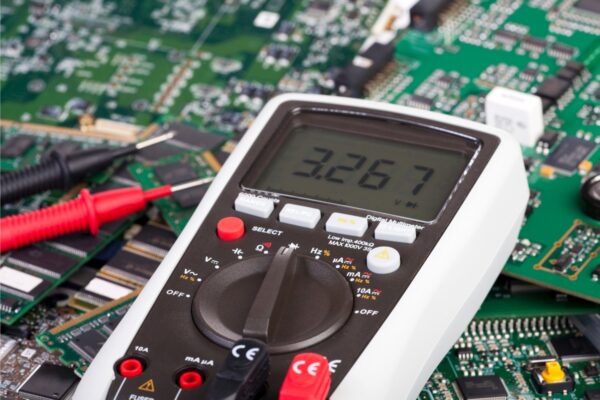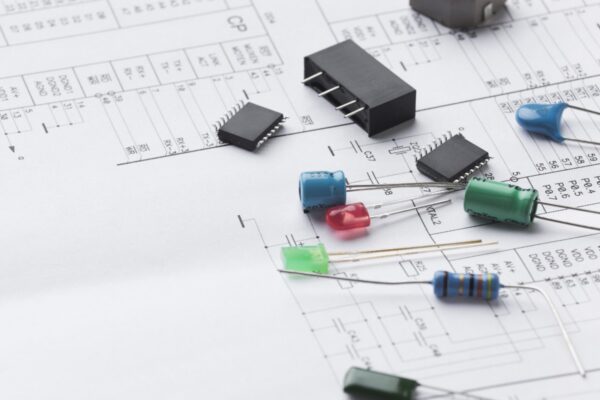What is Emitter
Emitter refers to a component in a transistor, specifically a Bipolar Junction Transistor (BJT). The emitter is one of the three terminals of a BJT, alongside the base and collector. It is a heavily doped region within the transistor structure that serves the purpose of supplying charge carriers, typically electrons, to the collector through the base.
The emitter controls the flow of current through the transistor. It acts as the outlet for the electrical supply, allowing for the regulation of current flowing from the collector. By varying the current levels from the base, the amount of current passing through the emitter to the collector can be adjusted, enabling the control of a larger current using a smaller amount of current.
In certain transistor configurations, such as the emitter follower, the emitter terminal serves as the output of the circuit. This configuration ensures that the emitter load follows the voltage at the transistor’s base. The output voltage at the emitter terminal is always equal to the base voltage minus the forward voltage drop across the base-emitter junction.





